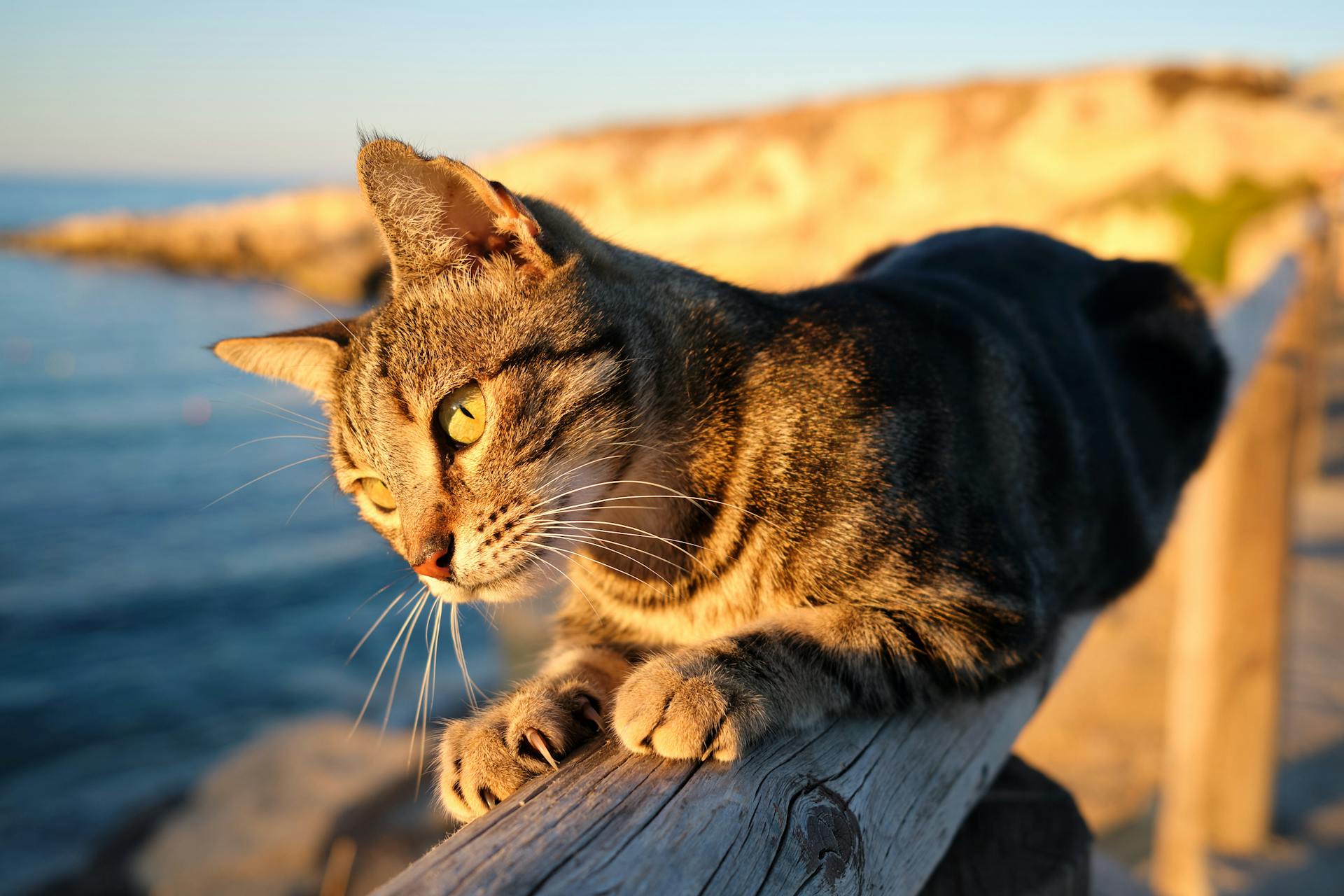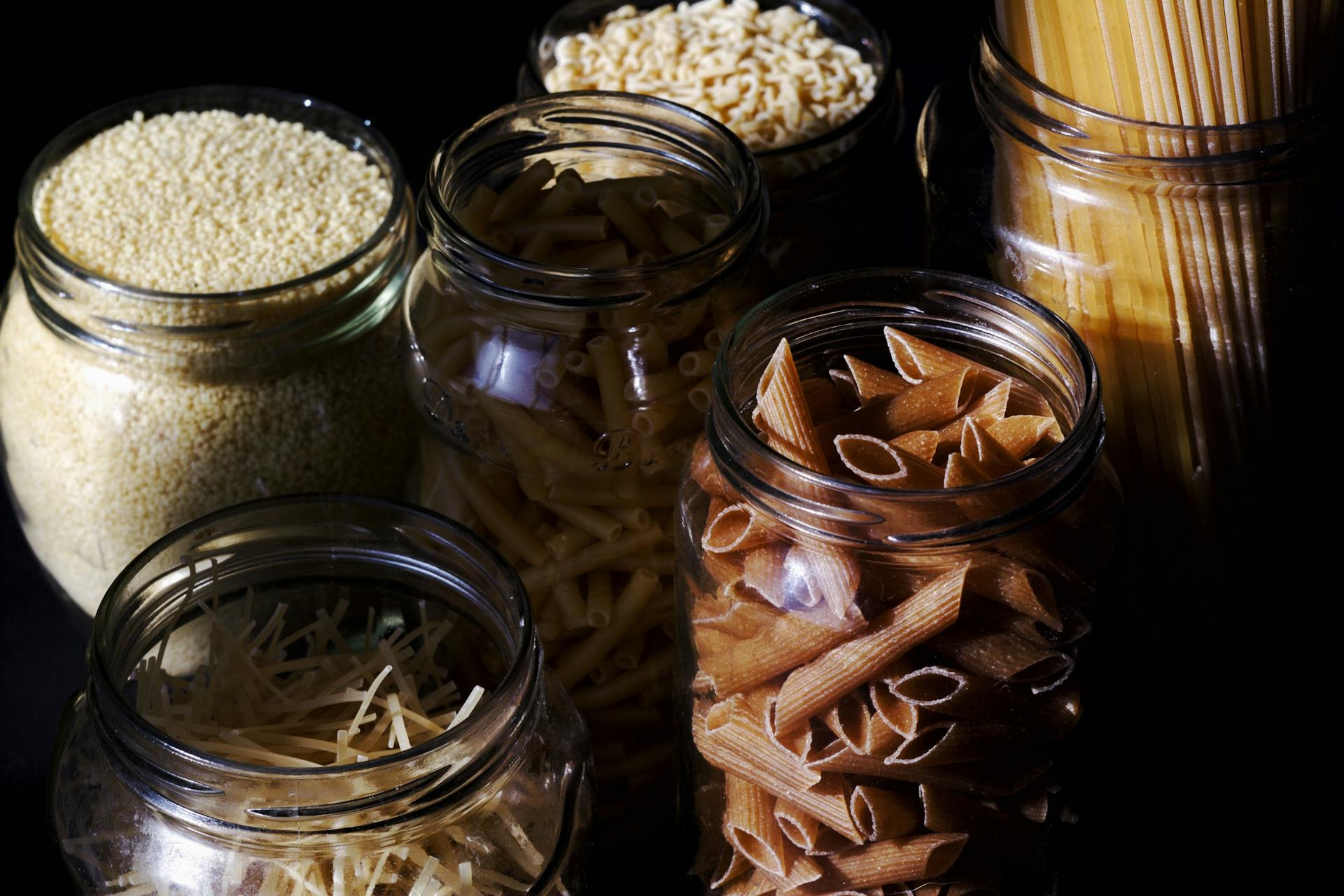
Rice is one of the most commonly used grains and many pet owners might consider using it as cat litter. The short answer to this question is yes, rice can be used as cat litter, however there are a few important considerations to make.
Rice can be relatively safe for cats since it has a small risk of inhaling and digestion, although small bits may get stuck on their fur and they could ingest them if they groom themselves. Rice is also lightweight which makes it easy to scoop up when cleaning the litter box, however some grains may become stuck in your cats feet or socks which could lead to additional messes in your home.
The type of rice that you use is also important as brown or wild rice are not advised. White long grain basmati and others are preferred for this purpose. In addition, there will be some dusty particles that your cat could inhale so periodically you should remove the entire contents and start with fresh grains of rice.
Overall, rice is a suitable option for cat litter although it should still be monitored periodically as with other litters. Uncooked white long grain basmati rice should be used for safety reasons and regular cleaning should take place to avoid build-up of dust particles that may be harmful to cats when inhaled. Ultimately these considerations should be made before deciding if a particular type of litter would best suit your feline family member’s needs.
Broaden your view: Can Just Egg Be Used for Baking?
Can I substitute rice for cat litter?
The short answer is no. Cat litter and rice are two very different materials, and it is not recommended to substitute one for the other. Cat litter is specifically designed to absorb odors, facilitate clean up, and provide a safe and comfortable place for cats to go to the bathroom. Rice, on the other hand, is a food grain typically used in soups and stews, with some cultures using it in sweet desserts as well.
Using rice as a cat litter substitute can be quite dangerous. Not only can uncooked rice expand in your cat's stomach if they happen to eat any of it while using the litter box, but wet or soiled rice can easily spoil, leading to its own set of problems with foul odors, mold growth and even the risk of food poisoning for you and your four-legged companion. Furthermore, kitty claws may get caught up in uncooked grains of rice that could lead to painful cuts or lacerations.
In short, when it comes to providing a safe toilet space for your precious pets you should never settle for anything less than cat litter specifically designed for their needs. Not only will you be able to rest easy knowing that your cat won’t be consuming any hazardous materials each time they use their box but this added safety measure will guarantee that you won’t have any embarrassing odors emanating from the household either!
A unique perspective: Puppies Eat Dry Food
Are there any risks associated with using rice as a cat litter?
When it comes to cat litter, many people think of traditional brand names or specialized pet-friendly versions of clay or crystal litter. What they may not consider is using rice as an alternative to traditional options. But it begs the question – are there any risks associated with using rice as a cat litter?
For starters, being composed of organic matter, over time, moistened rice will break down and start to decompose. This can create a nasty smell in your home as the litter box becomes filled with decaying material. As it decomposes, it will also draw in hazardous pathogens that could eventually infect your feline companion in addition to producing a stench unpleasant for their noses and your lungs.
In addition, because uncooked rice grains are so small and light, your cat may accidentally track them out of their box after doing their business. That poses an even greater risk for the environment and surrounding areas if you have an outdoor kitty – rice is biodegradable and can be eaten by other animals in the area who may mistake them for food creating health risks that can lead to further problems later down the line.
For those reasons, while rice may seem like a quick and inexpensive option for cat litter, it's not worth the risk associated with its use. To provide an adequate level of safety and protection for both you and your pet, stick to more popular brands of cat litter or better yet – opt for more eco-friendly brands that won’t harm either you or nature!
A different take: Rice Cakes Keto Friendly
What are the advantages of using rice as a cat litter?
Rice is becoming increasingly popular as an alternative for cat litter. It is an eco-friendly and cost effective solution for those looking to provide a healthier environment for their cats. Rice has a number of advantages over traditional clay or clumping cat litters, making it an optimal choice for pet owners seeking the best option for their feline companion’s needs.
The first major advantage provided by rice cat litter is its biodegradabilities. Unlike other clay or clumping litters, rice litter will break down over time in the compost heap or garden. This makes it an excellent choice for eco-conscious pet owners who want to minimize their pet's impact on the environment. Unlike clay, it won't stick to the cat's paws and get dragged all over the house!
Another advantage of using rice as a cat litter is its lightweight properties. Many regular litters can be quite heavy when wet, making them difficult to move and dispose of. Rice, on the other hand, is much lighter than many traditional varieties which makes it far easier to transport and dispose of when necessary. This also eliminates any issues with heaviness when trying to lug several bags of litter during shopping trips!
One last advantage of using rice as a cat litter is its natural absorbancy properties which lock in odours and urine so that they don't escape into your home. This helps to prevent unpleasant smells from building up in the house and make your life much more pleasant! Plus, since cats instinctively avoid stepping on wet cat litter which can help reduce mess around the house!
Rice provides a great alternative for those looking for a more sustainable solution with fewer mess problems compared with conventional brands. Its biodegradable properties make it earth friendly while its natural absorbancy capabilities mean less odours around your home – ideal for all pet owners who want clean, comfortable living conditions for their beloved felines!
Are there any drawbacks of using rice as an alternative to traditional cat litter?
Rice is becoming an increasingly popular alternative to traditional cat litter. While it can offer some interesting benefits, there are a few drawbacks to consider before making the switch.
The major drawback of using rice as a cat litter alternative is its disposal. Rice won’t just clump in a disposable bag like regular cat litter will, which means you’ll have to scoop it out of the box each time. This can be both time-consuming and messy if the rice spills onto your floor or if you forget to close the box properly. Additionally, rice isn’t biodegradable so you won’t be able to simply flush or throw it away with other waste – it must be discarded separately as non-food item waste.
Another caveat to consider with rice-based litter is that cats may not take kindly to its use at first; they are habitual creatures and may find the unfamiliar scent off-putting. As with any switch in cat products, owners should expect their cats may need a few days (or even weeks) to get used to the new source of odor controlling material. Until then, you may experience lots of strong odors throughout your home–something worth thinking about if you live in close quarters with others.
All things considered, switching from traditional cat litter to a rice-based option could provide some great benefits such as being both cost-effective and more eco-friendly than clay products. However, there are potential drawbacks associated with making the change such as added difficulties when it comes time for disposal and potential resistance from cats who aren’t used to unfamiliar scents or textures.
If this caught your attention, see: Can Just Egg Be Used in Baking?
Are there any special considerations when using rice as a cat litter?
When it comes to cat litter, pet owners can find themselves in a bit of a dilemma. On the one hand, traditional litter can be quite expensive and the dust it often generates can be an issue for people with allergies or lung disorders. On the other hand, some more natural solutions like rice don’t always have the same absorption qualities of conventional cat litter products, potentially leading to more mess in the long run.
This is why, when it comes to using rice as a cat litter alternative, pet owners should carefully consider both pluses and minuses. In terms of positives, rice is generally more affordable than traditional clay-based kitty litter products and it’s much easier to sweep up any spills that may occur. Rice also has much less dust than traditional litters do, so if you or other members of your household have allergies or asthma, this may be an ideal solution.
One thing people must remember when using rice is that they will need to sift out wet clumps daily and replace with fresh dry rice on an ongoing basis. Additionally, since there are no clumping chemicals in most types of rice that you would use as cat litter, you may need to empty out the entire box far more often compared to traditional box filled with traditional clay-based kitty litter brand. This can make for a lot extra mess if you don’t manage your time well and have someone else take care of the task on your behalf.
In conclusion, although it is true that using rice as a cat litter alternative does come with lots of advantages such as affordability and less dust production compared to most conventional products on the market today, there are also some definite challenges such as needing regular cleanup of wet clumps and frequent changes of fresh dry rice that need doing if pet owners decide this is an appropriate solution for them.
For more insights, see: Fresh Meat
Sources
- https://cathypermakitten.com/2020/09/20/can-you-use-rice-as-kitty-litter/
- https://www.petsradar.com/advice/cat-litter-alternatives
- https://catvills.com/cat-litter-alternatives/
- https://flaump.com/can-i-use-rice-as-cat-litter/
- https://www.familyhandyman.com/article/cat-litter-guide/
- https://www.homestratosphere.com/cat-litter-alternatives/
- https://timelinepets.com/what-can-i-use-instead-of-cat-litter/
- https://archiecat.com/can-i-use-rice-as-cat-litter/
- https://sweenyjane.com/can-you-use-rice-as-cat-litter/
- https://www.purina.ca/articles/cat/litter/cat-litter-box-tips
- https://www.hepper.com/what-can-i-use-instead-of-cat-litter/
- https://petgeer.com/can-i-use-rice-as-cat-litter/
- https://mrlitterbox.com/cat-litter-alternatives/
- https://www.petmd.com/cat/centers/litter/evr_ct_clumping-versus-non-clumping-cat-litter
Featured Images: pexels.com


